Now you have a rough idea of the process of integration and huge presence of yōga (foreign films) in Japan and how they reflected the status of the post-war cultural revolution in Japan. While the archival processing is underway, we will look at one lovely example of ephemera, an LP record-sized leaflet, which could also serve as the cover for the soundtrack that was released at the same time as an Italian popular crime-comedy film, “Sette uomini d’oro (Seven Golden Men),” which was directed by Marco Vicario (1965).

In the 1950’s and 1960’s, records became popular in Japan, and film ephemera from this era can often be seen in this form. It is interesting to see how differently film ephemera represented one film, due to corresponding trends or Asian perspectives. Film ephemera show us how films were promoted in order to appropriately appeal to audiences in each cultural setting.
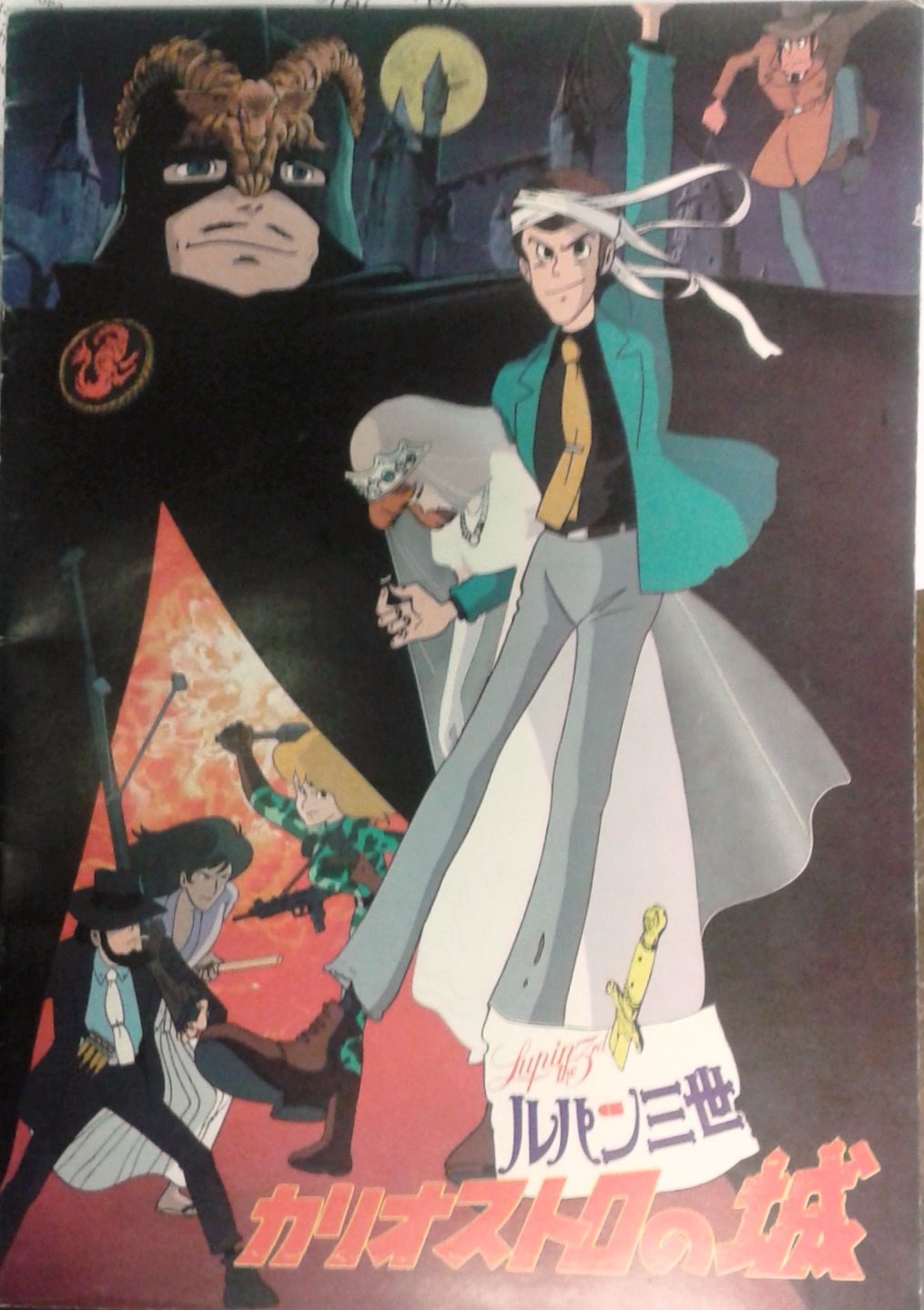
This Vicario film became one of the models for a famous Japanese manga/anime series, Lupin the Third (Rupan sansei), created by the manga artist Monkey Punch (Katō Kazuhiko). Lupin the Third was first published as manga in 1967, and then later animated for TV, cinematized, and even recreated as video games in the 1970’s due to its huge popularity.
Interestingly, the author was strongly influenced by the drawings of American comic artist Mort Drucker, as well as American humor magazine Mad. And Lupin the third is the grandson of the fictional gentleman thief, Arsène Lupin, which was created by a French novelist, Maurice Leblanc. James Bond, of popular spy movies, was his model. Inspector Kōichi Zenigata, the long standing rival of Lupin, was created to make him and Lupin a human “Tom and Jerry,” an American animation. Femme fatale Fujiko Mine was created to be Lupin’s Bond girl. Samurai Daisuke Jigen was based on James Coburn, from the 1960 American Western, The Magnificent Seven. Monkey Punch, the author, was also inspired by The Three Musketeers and the films of Alfred Hitchcock, and his creations reflect their influences. I could tell you plenty more of his influences, but I don’t want to bore you.
The completely new style of hybrid manga, which artfully adapted charming aspects of foreign cultures, was extremely well-received not only in Japan; this made-in-Japan product was translated into many languages and appreciated the world over. In reverse, the manga series and films have been quite influential on other productions in the world as well. Even now, its popularity continues; this manga series is always highly ranked in nation-wide surveys.
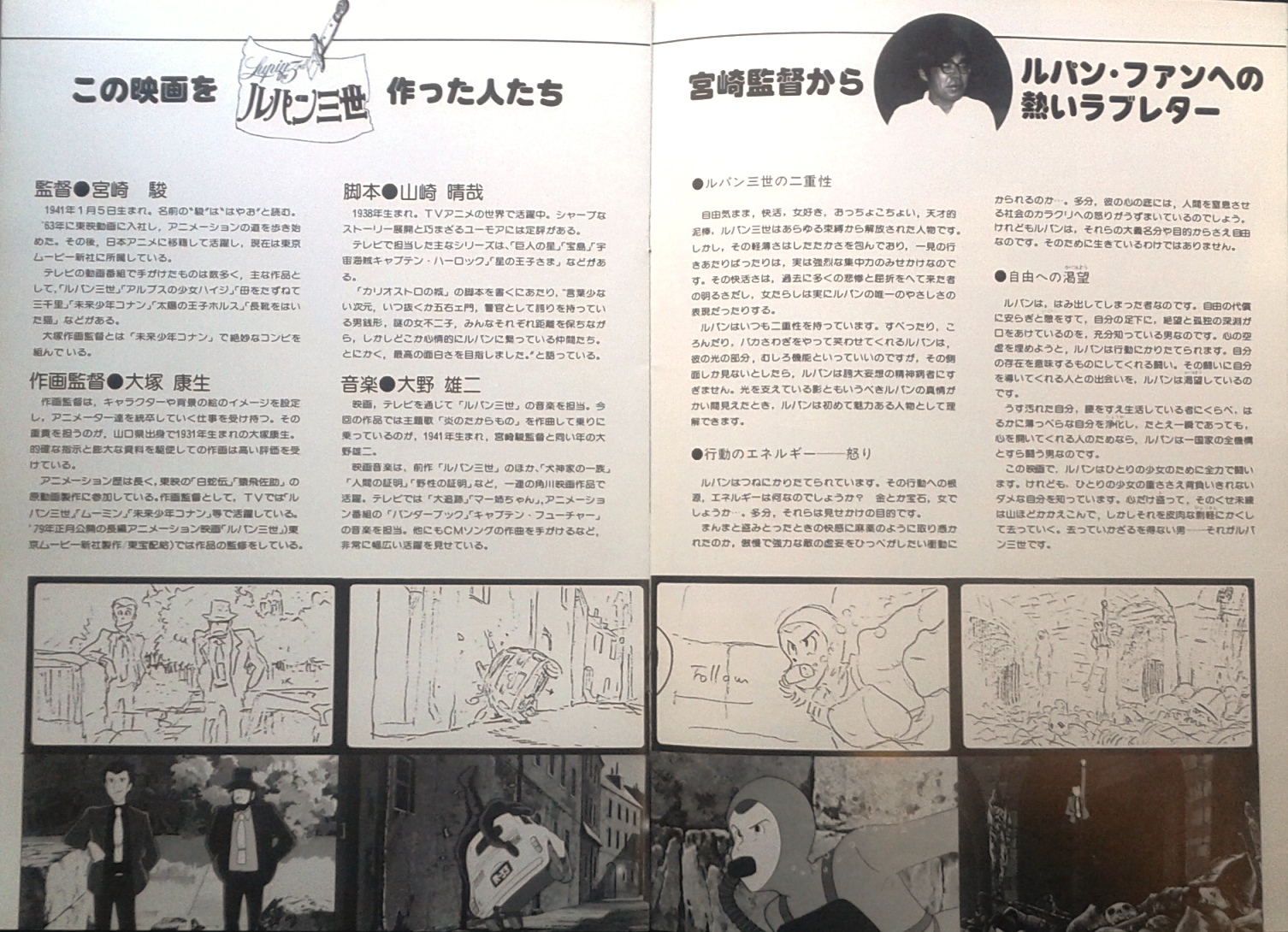
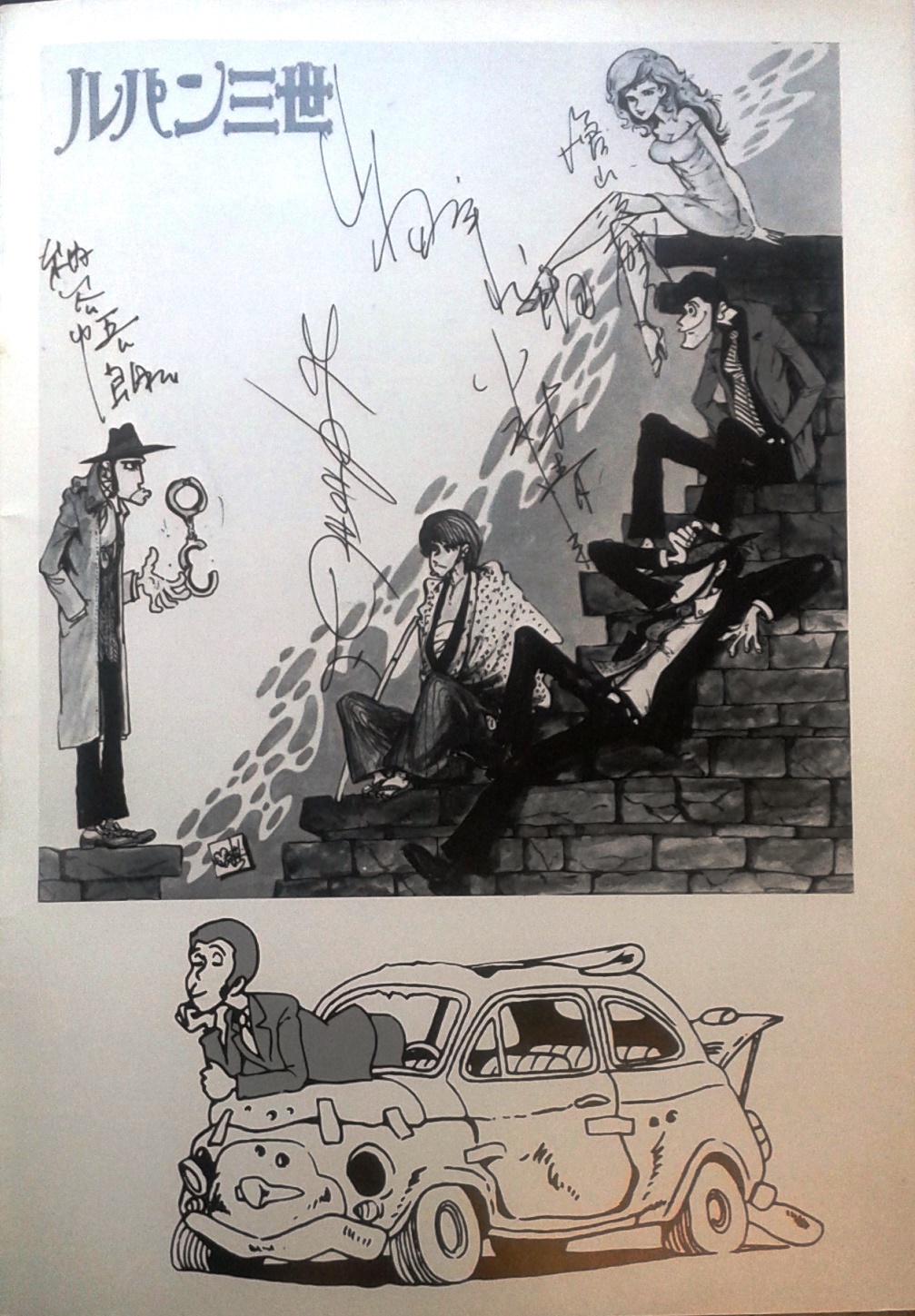
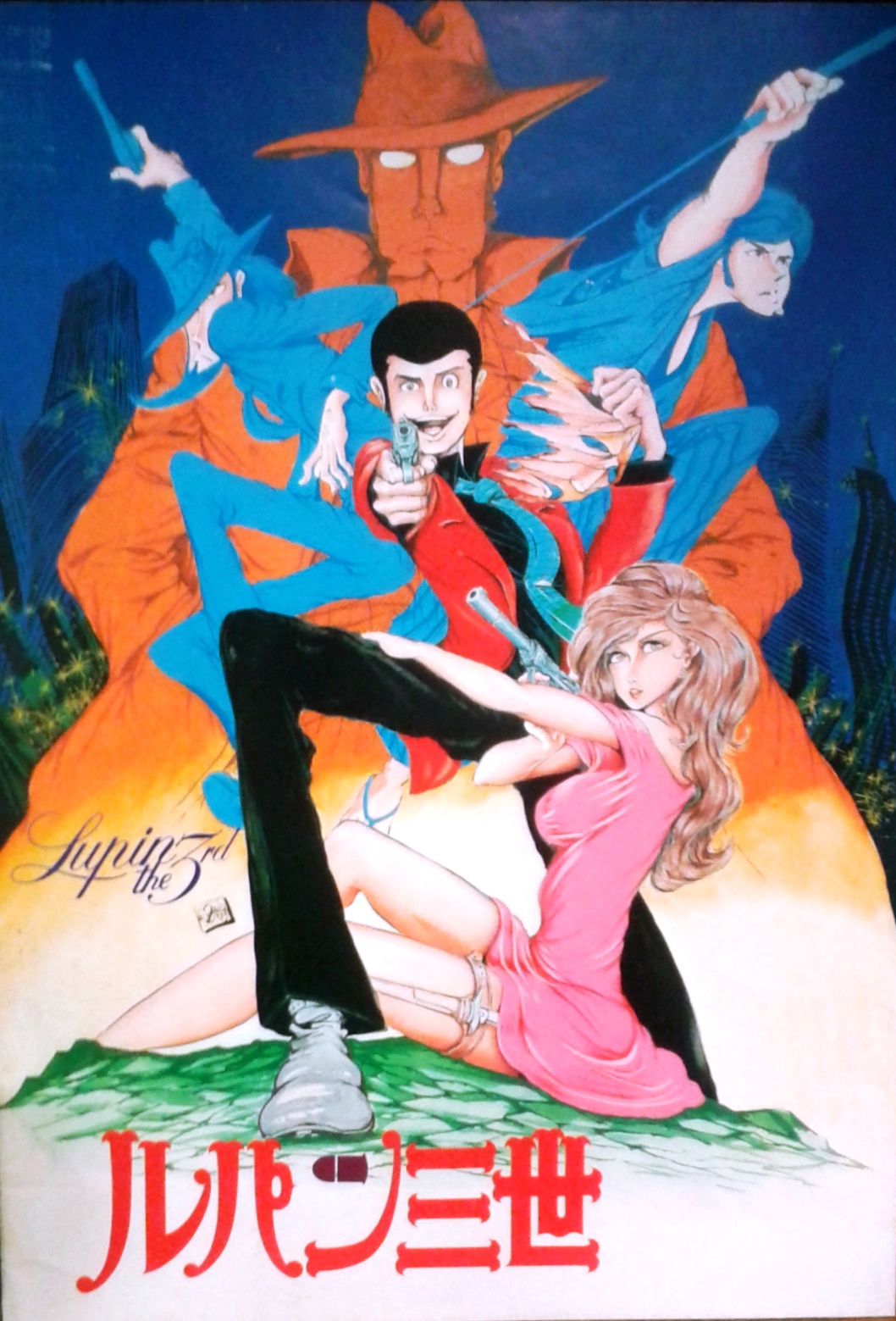
This kind of cultural adaptation is used in many ways—for example, as homage to creators and filmmakers. So then, let’s see what makes this adaptation unique, and what its cultural connotations in the setting of Japan are.
When you observe modern Japanese culture, you will find the very interesting fact that much foreign culture exists as it was when it arrived or as a cultural adaptation, even though Japan itself is a mostly homogeneous setting. Mainly, Western culture dominates modern Japanese culture even in the presence of East Asian culture.
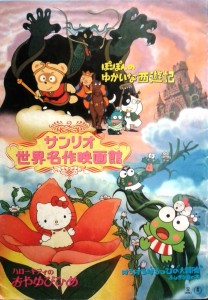
Japan has a unique tradition of generously accepting and appreciating foreign cultures and adjusting them to its own formats. Because many Japanese cultural traditions were imported from the mainland in ancient times, people are used to accepting and appreciating foreign cultures positively. Likewise, from ancient times, Japanese traditional culture has been inherited and well-preserved on the small island nation, as Japan was never colonized by other countries. Historically, the cultural properties of other, conquered countries were diminished, or even eradicated. In Japan, there was no such cultural destruction. This unique setting, a closed homogeneous culture of a small island nation, and continued influence from foreign countries formed the peculiar mentality of the Japanese people: an admiration for foreign cultures and ability to invent new things that suit its own culture. (For instance, did you know the name of “Hello Kitty,” one of the most famous Japanese kawaii characters in the world, borrowed her name from a cat, Kitty that Alice plays with in Through the Looking-Glass by Lewis Carroll?) Thus, it did not take long for yōga to become a part of people’s lives.
As such, modern Japanese culture is intricate, unique, and the product of generous acceptance of a plethora of foreign cultures. While Japanese culture has liberally adapted foreign cultures, they were never copied, but metamorphosed into a new fashion. They continued to evolve new styles to make them fit in the most appropriate way in the life of the Japanese. As mentioned, Japanese people have lived in a cultural setting that has allowed them to be connoisseurs of all cultures. It is amusing to glimpse the essences of foreign influences in the masterpieces of dynamic Japanese creations, both in obvious and subtle ways. Surely, the impact that yōga had on post-war Japanese culture is immeasurable. Do you know any yōga title that was an inspiration for Japanese films or filmmakers/creators?
aWESOMENESSS